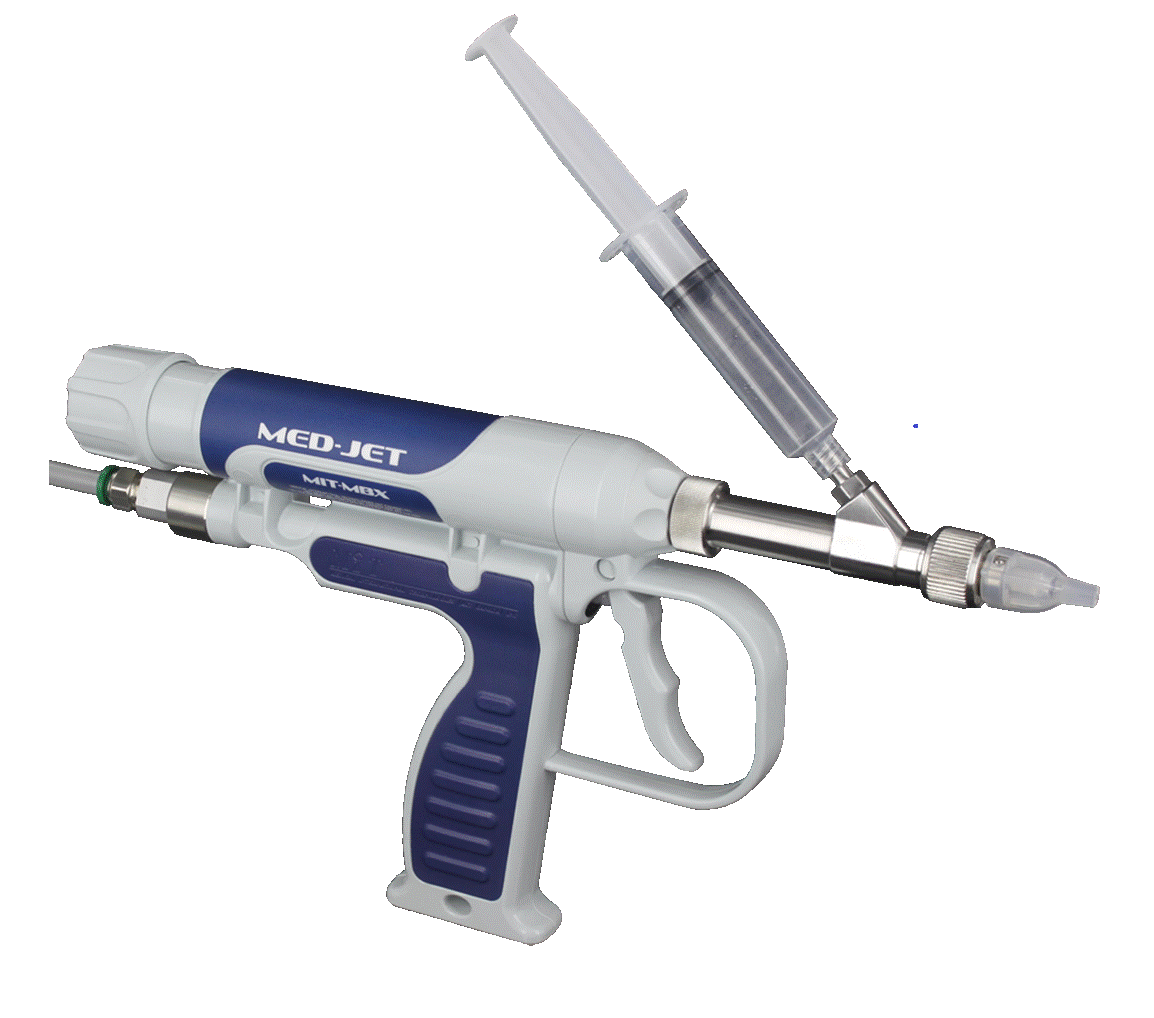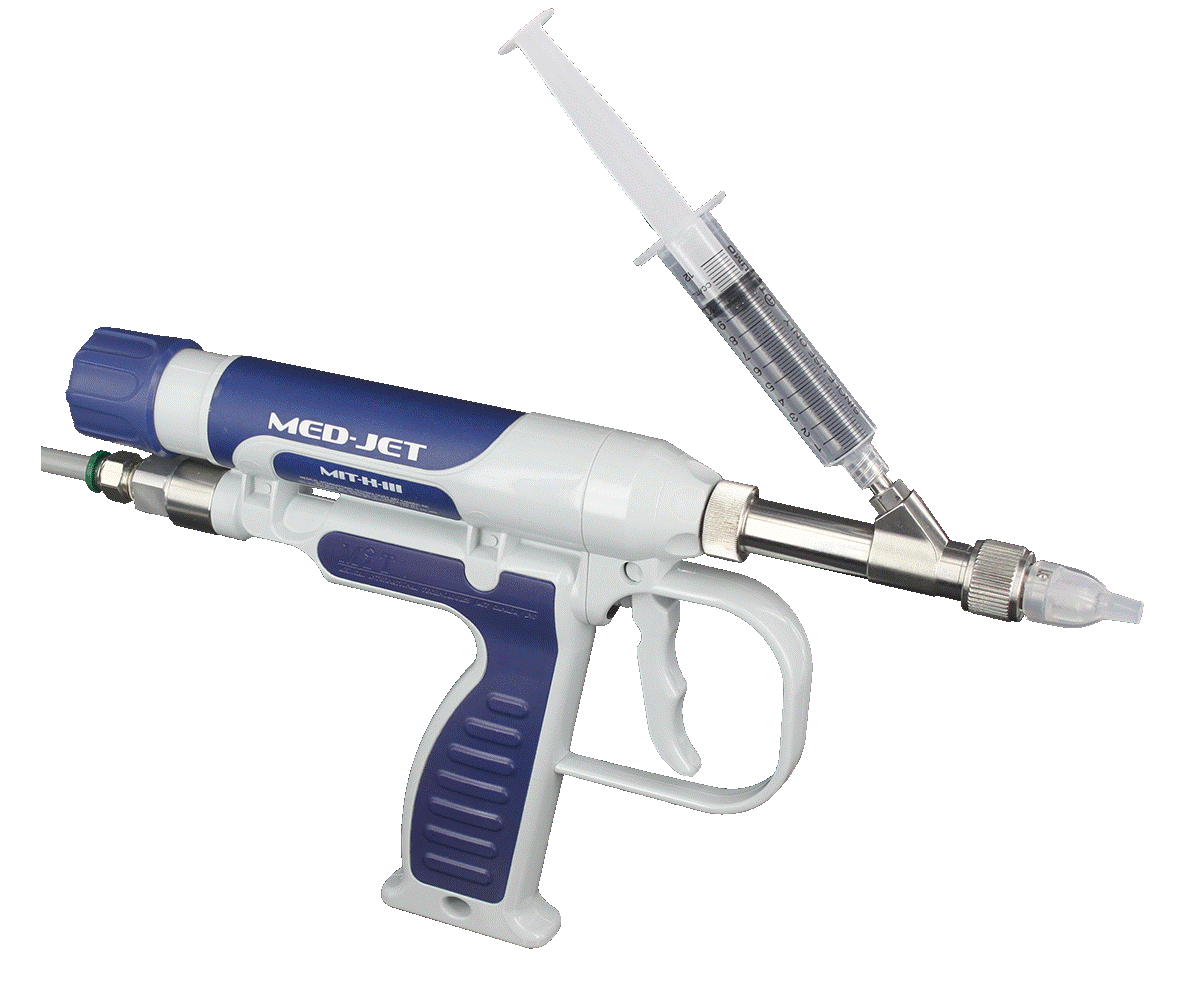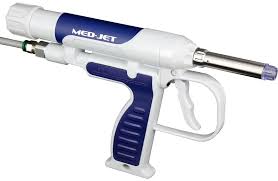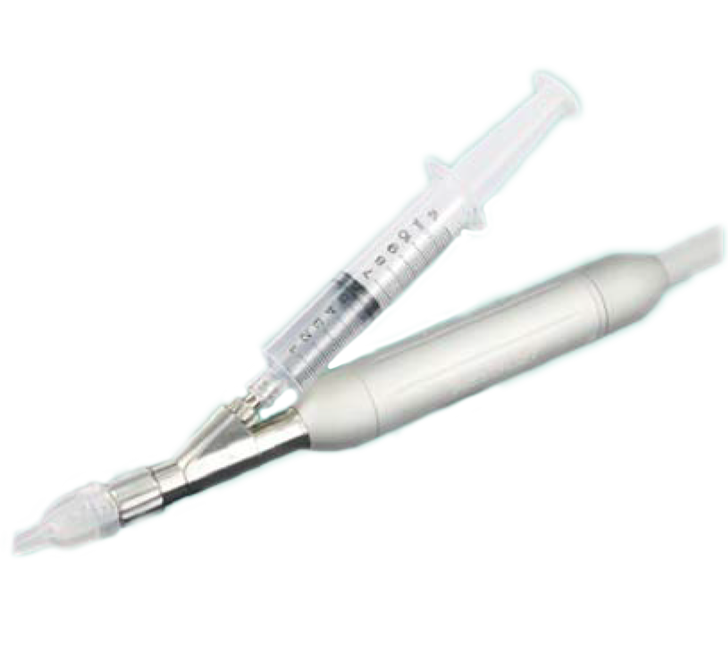Needle-free Injection Systems
We are partnering with Medical International Technologies (MIT Canada) Inc. who is a world leader in the development of needle-free injection therapies. They bring over 25 years of experience in improving the administration of liquid medications in Vaccinations, Local Anesthesia, Mesotherapy, General Routine Procedures, Clinical Dermatology, Cosmetic & Plastic Surgery, Podiatry and Physiatrist pharmaceuticals, vaccines, cosmetic and biologics.
Together with MIT Canada, we are able to provide you in Australia, New Zealand, Sri Lanka and Maldives with a selection of needle-free injection products that meets today's dynamic healthcare environment.
Please contact us for Commercial Orders or Partnership Opportunities
NOTE: In view of Global Medical Device Regulations which prohibit the resale of used equipment through unlicensed sources, we are unable to support by way of sale of syringes (and gas) and provide follow up service and support for any of our branded devices not purchased from us directly or purchased from elsewhere or online.
The vaccine or medication being injected with the MED-JET® is directed through a small orifice 7 times smaller than the smallest available needle in the world. This extremely small stream of liquid under pressure will pierce the skin and then the remainder of the dose will be dispersed into the desired layer of tissue. The system's uniqueness is its ability to utilize low pressure delivery methods without compromising accuracy, convenience and ease of use - while ensuring patient comfort, environmental safety and user affordability.
The MED-JET® offers a range of features:
- More than 300 injections per hour
- Dose of 0.1 to 1cc (H-III) and 0.02 to 0.3 MBX
- Weight of 0.7 Kg
- Accuracy at 99 % at a dose of 1cc
- Robust; can easily last over 10 years
- Variable injection pressure for patient comfort
- Adapter for receiving syringes
The Company's needle-free injection systems have significant advantages over needle and syringes in several ways:
- Greater patient acceptance and compliance (no needle-phobia)
- Many patients have a strong aversion to needles and to physical discomfort. By eliminating the needle from the injection process, needle-free injectors improve the patient experience and, therefore, in many cases, better compliance when previously patients would not present themselves for therapy.
- Superior safety by removing the potential of a needlestick injury or delivery to unintended site
- Safety risk to healthcare workers from needlestick injuries. Because of growing awareness in recent years of the danger of blood-borne pathogen transmission, needle safety has become a higher concern for hospitals, for healthcare professionals and for their patients. It has been estimated that the incidence of needlestick injuries is significantly higher than reported through passive surveillance, ranging from 14 to 839 needlestick injuries per 1,000 healthcare workers per year. Healthcare workers experience significant fear, anxiety, and emotional distress following a needlestick injury. The absence of needles from the injection process prevents 'needle-stick' injuries.
- Decreased risk of penetrating a patient's vein or delivering medication to an unintended site. Techniques for delivering injectable medications using a needle and syringe are dependent on the selection of the proper needle, as well as on the skill of the healthcare worker in administering the medication to patients of all sizes, as well as to those who may not be cooperative due to needle-phobia. These complications are avoided when using needle-free injection devices.
- Potential improved efficacy due to 'different' drug distribution
- Typical needle therapy deposits drugs in a pool in the desired tissue area. This outcome is not always desirable since it may delay activity due to lack of dispersion within the tissue, requiring additional injections to reach a broader area, and/or causing greater side effects from local over-medication
- Enhanced vaccine immune response. The needle-free injection technology has been known to enhance immunogenicity with certain commercially available vaccines as well as some vaccines that are currently under development.
- Injection reliability and technique is different with needle-free
- Reliability. MIT's needle-free injection devices have been used widely in clinical practice for over 20 years. MIT's technology, based on orifice size of the syringe, will determine the depth of penetration and not be based on technique as seen with a needle-syringe.
- Repeatability. Needle-free injections are less dependent on doctor/nurse technique than those with needle and syringe, resulting in a more predictable penetration and distribution of the injected medication.
- Faster injection time
- Speed of Injection. Most injections are over in less than one second, thus with rapid delivery there may be less patient discomfort and the capability for rapid mass immunizations.
- Eliminates "sharps" waste
- No need for a 'sharps' container for disposal of syringe, thus reducing the cost of injection therapy.
Med Jet MBX

Med Jet H-III

Med Jet H-4

MESO-Jet

